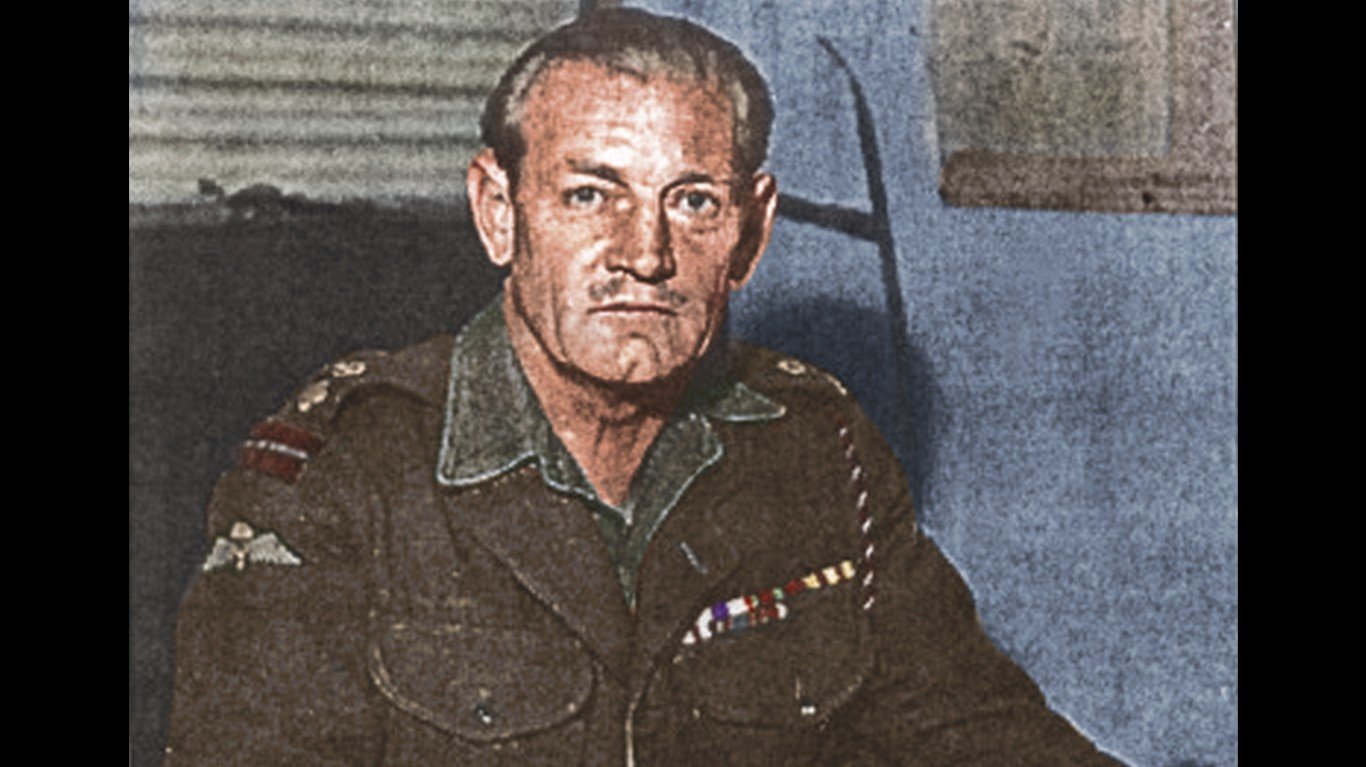The Geneva Convention has mandated standards for humane treatment of war prisoners since 1894. The 1949 version outlines 143 articles on handling POWs properly. These require adequate living quarters, medical care, food and clothing. However, not every nation upholds these protocols.
This lack of adherence has sparked dramatic conflicts between captors and prisoners, turning some POWs into war heroes and inspiring numerous books, films, and TV shows.
Many prominent POWs, like Winston Churchill and John McCain, leveraged their war heroism into successful political careers. Churchill first gained worldwide fame after escaping a POW camp during the Boer War and traversing 300 hostile miles to freedom. McCain spent five-and-a-half years in a Vietnamese POW camp, later parlaying his valor into 35 years as a congressman.
Some of the most well-known prisoners of war are celebrated for their military careers, while others were prominent in different fields after their service ended. Italian superstar Marcello Mastroianni spent several months in a German prison camp before escaping and fleeing to Venice. British actor Donald Pleasance spent time in a German stalag after his Lancaster bomber was shot down during a 1944 mission, an experience that would later inform his performance as RAF Flight Lieutenant Colin Blythe in 1963’s “The Great Escape.” (These are the 50 best movies about World War II.)
To determine the 25 most famous prisoners of war, 24/7 Tempo reviewed data on Wikipedia pageviews. Individuals who were once held as prisoners of war were ranked based on daily average Wikipedia pageviews.
Here are 25 well-known war prisoners
25. Desmond Llewelyn

- Avg. Wikipedia pageviews: 675 per day
Best known for his role as Q in the James Bond franchise, Welsh actor Desmond Llewelyn endured a lesser-known, real-life drama during World War II. Captured during the retreat to Dunkirk in 1940, Llewelyn spent five years as a prisoner of war. While the war halted his acting career, Llewelyn was able to participate in theater productions with fellow prisoners.
24. Wilm Hosenfeld
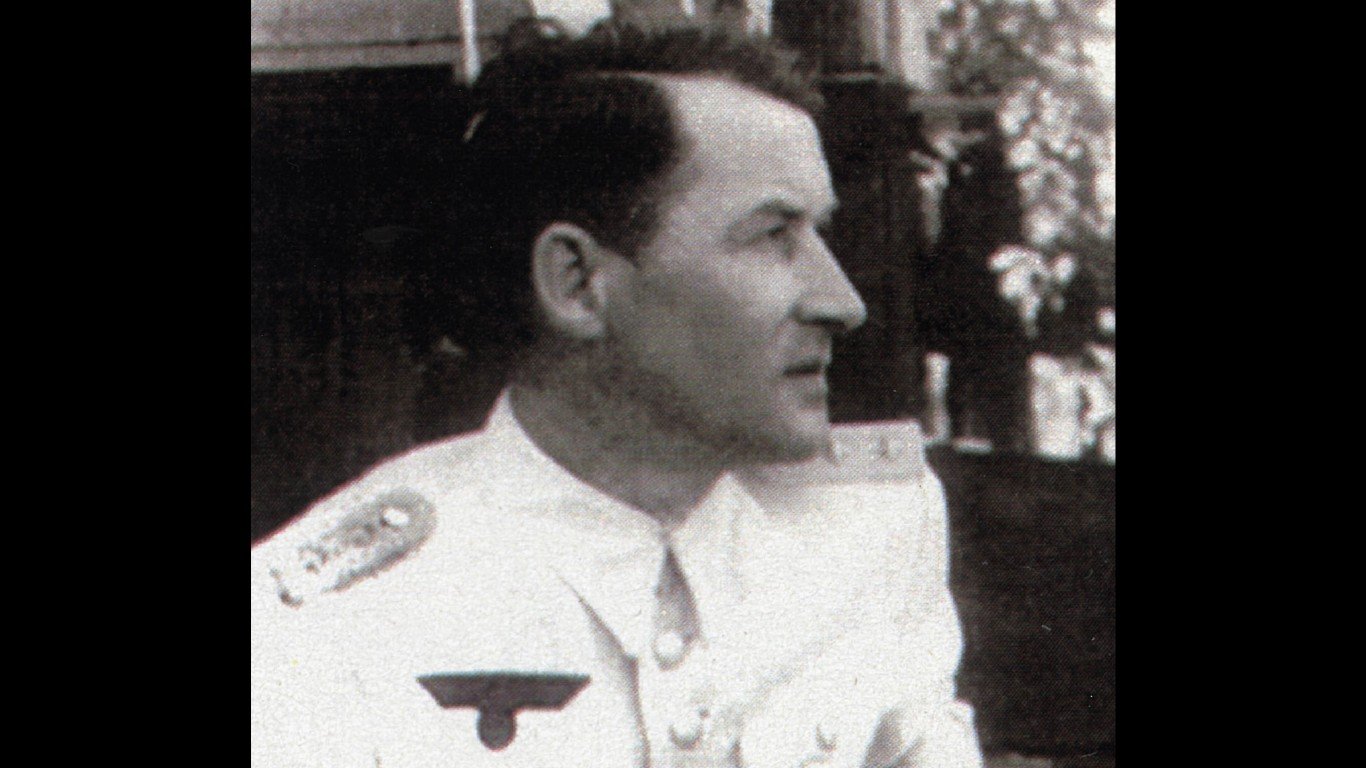
- Avg. Wikipedia pageviews: 756 per day
German officer Wilm Hosenfeld, renowned for saving Polish pianist Władysław Szpilman – played by Adrien Brody in the 2002 Roman Polanski film “The Pianist,” met a tragic fate as a prisoner of war. After his capture by the Red Army in January 1945, Hosenfeld endured harsh conditions in Soviet captivity. Despite numerous pleas for his release, including from individuals he had saved during the war, Hosenfeld’s appeals went unanswered. He died in a Soviet prison in 1952, his deeds during the war only gaining wider recognition posthumously.
23. Eric Liddell
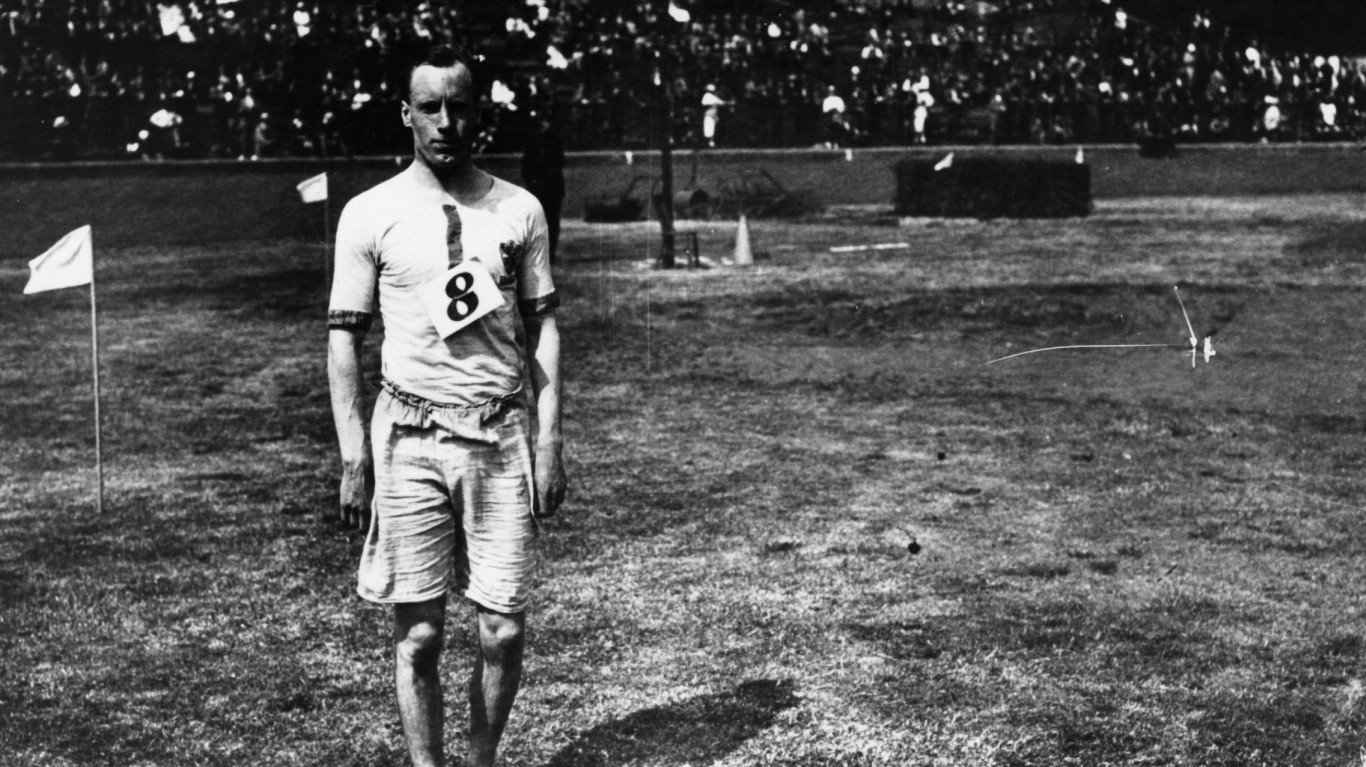
- Avg. Wikipedia pageviews: 783 per day
Scottish Olympic gold medalist Eric Liddell was working as a Christian missionary in China when he was captured by Japanese forces in 1943 and placed in an internment camp. Despite the harsh conditions, Liddell organized sports events and taught science to the camp’s children. His fortitude and positivity left an indelible mark on his fellow prisoners, even as his health deteriorated, leading to his untimely death in 1945, just months before liberation.
22. Jack Churchill
- Avg. Wikipedia pageviews: 834 per day
Jack Churchill (no relation to Winston), known famously as “Mad Jack,” was a British soldier during World War II, and was held as a POW by the Germans. Despite numerous escape attempts, Churchill was continuously recaptured. Churchill was eventually liberated by the advancing U.S. Army in 1945, marking the end of his resilient and storied tenure in captivity.
21. Marcello Mastroianni
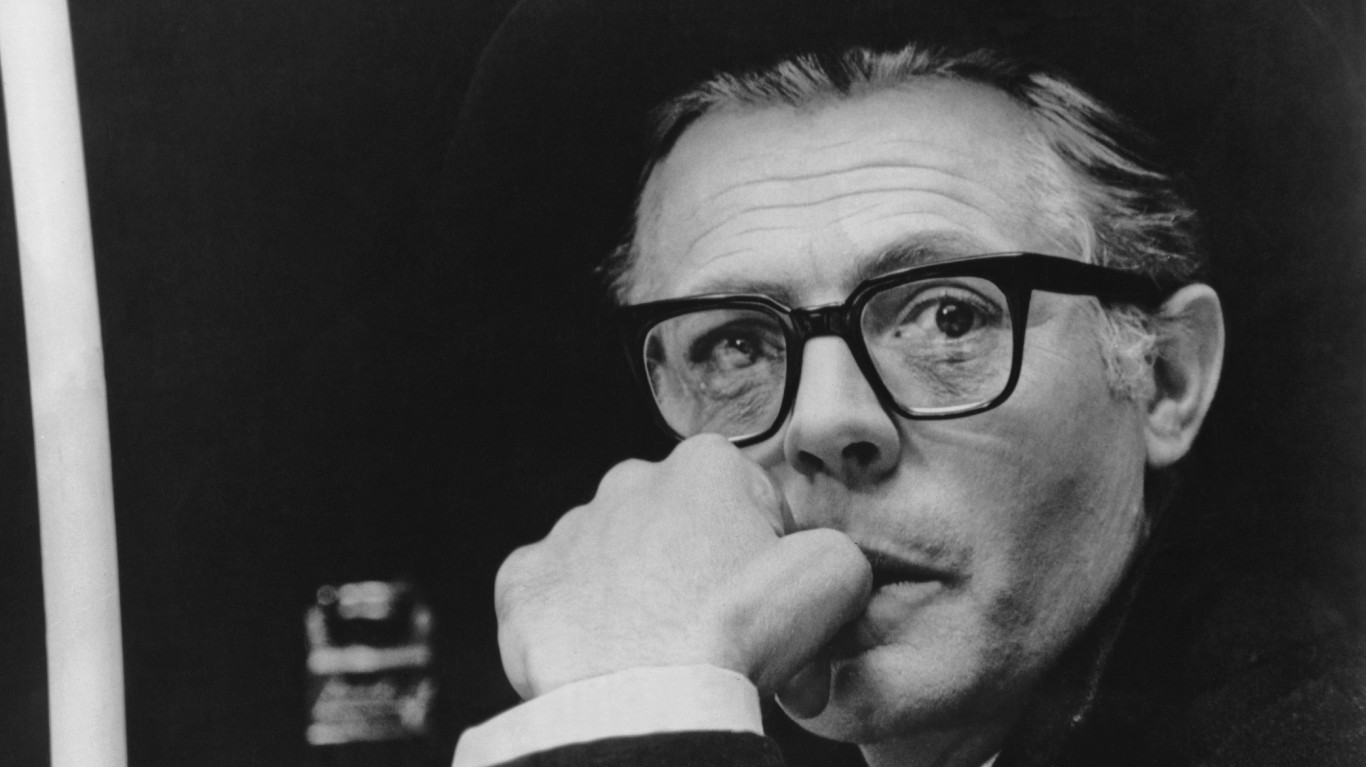
- Avg. Wikipedia pageviews: 864 per day
Marcello Mastroianni, star of iconic Italian films like “La Dolce Vita” and “8½,” was not living the sweet life when he was captured by German forces after Italy’s armistice with the Allies in 1943. Mastroianni spent several months in a prison camp before escaping in 1945 and fleeing to Venice.
20. Jessica Lynch

- Avg. Wikipedia pageviews: 865 per day
Private First Class Jessica Lynch became a prominent figure in the Iraq War in 2003 when her maintenance company was ambushed, and she was captured by Iraqi forces. Lynch’s nine-day captivity was marked by physical and psychological hardships, exacerbated by severe injuries sustained during the ambush. Her rescue by U.S. Special Forces brought her ordeal to an end and thrust her further into the global spotlight.
19. Carl von Clausewitz
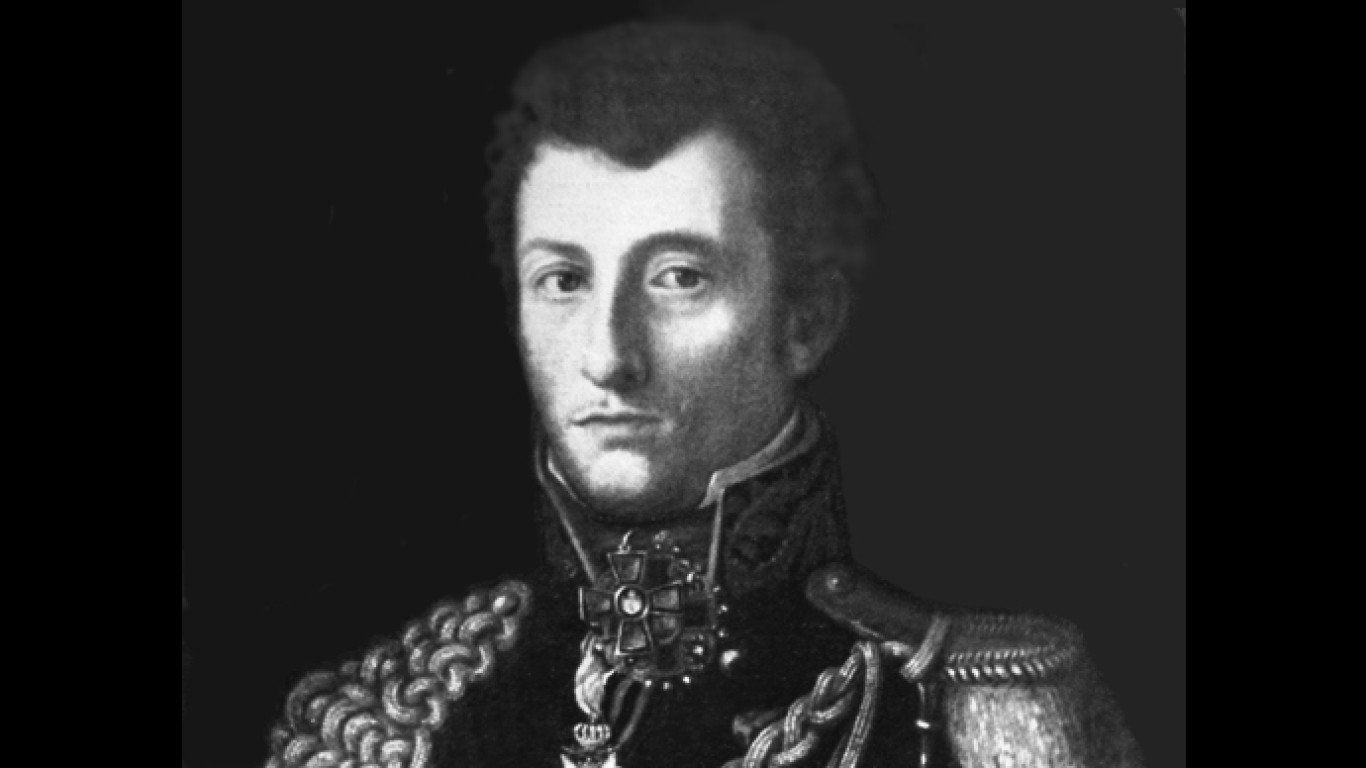
- Avg. Wikipedia pageviews: 868 per day
Prussian military theorist Carl von Clausewitz’s experience as a prisoner of war during the Napoleonic era shaped his future profoundly. Captured during the Battle of Jena-Auerstedt in 1806, he was held in France for over a year. During this time, he closely observed French military strategies, providing him with invaluable insights that would later influence his magnum opus, “On War”.
18. Bruce Shand
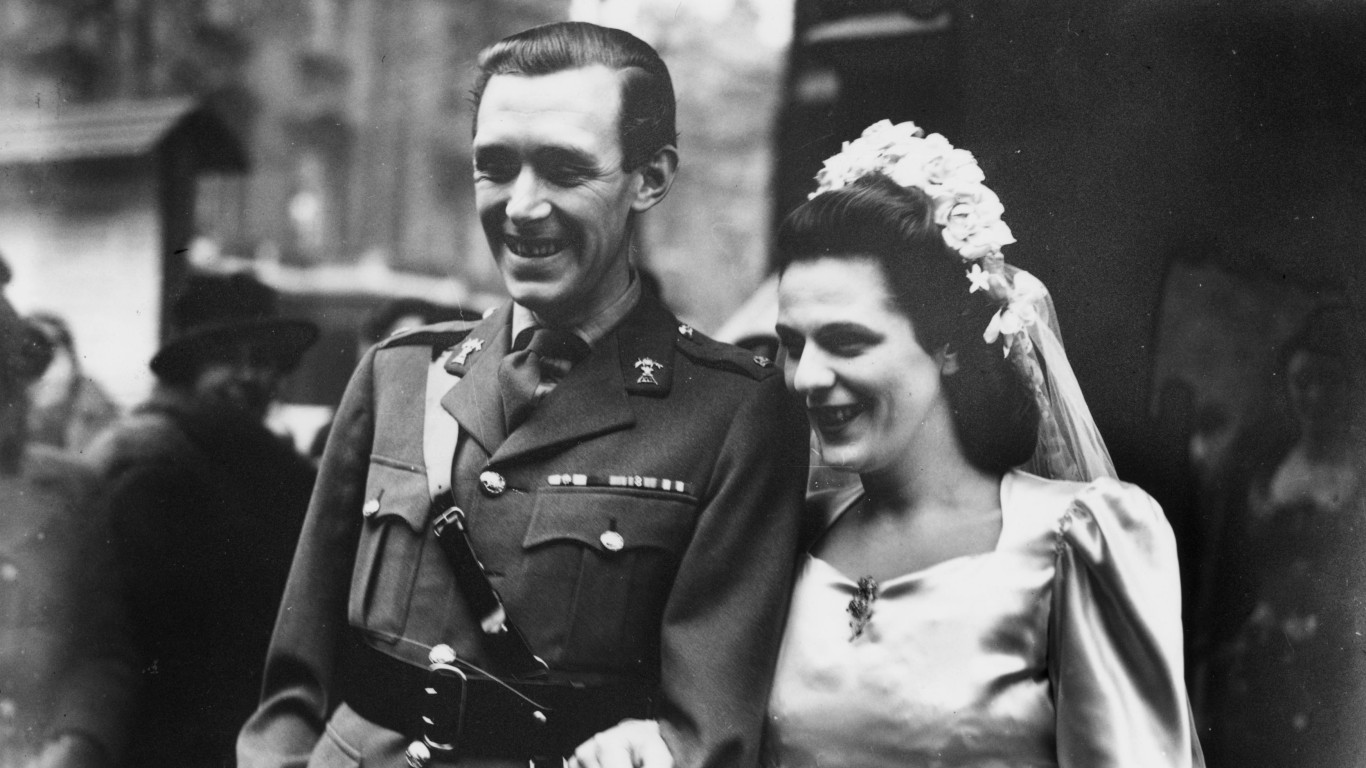
- Avg. Wikipedia pageviews: 902 per day
Decorated British Army officer Bruce Shand endured significant hardship as a prisoner of war during World War II. Captured in 1942 during the Battle of El Alamein, Shand spent three years in captivity, most of it at Spangenberg Castle in Germany. After the war, he married Rosalind Maud Cubitt, and the couple had three children – one of whom is now Camilla, Queen of the United Kingdom.
17. Ferdinand Porsche
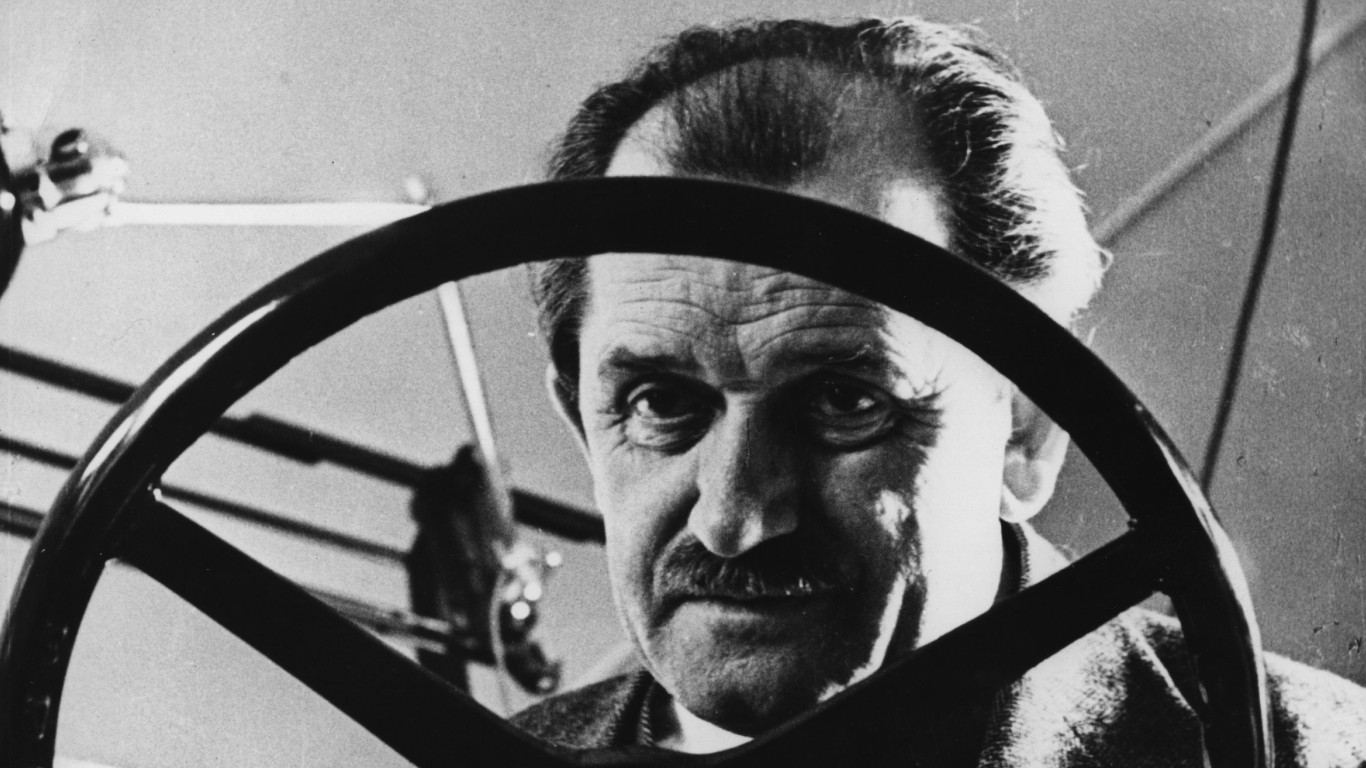
- Avg. Wikipedia pageviews: 909 per day
Prominent automotive engineer Ferdinand Porsche was detained as a prisoner of war during the aftermath of World War II. Accused of war crimes related to his work for the Third Reich, Porsche was kept in custody for 20 months in a French prison. Despite the harsh conditions and uncertainty of his situation, he continued to design car models, including an early concept of the iconic Porsche 356.
16. Gerd von Rundstedt
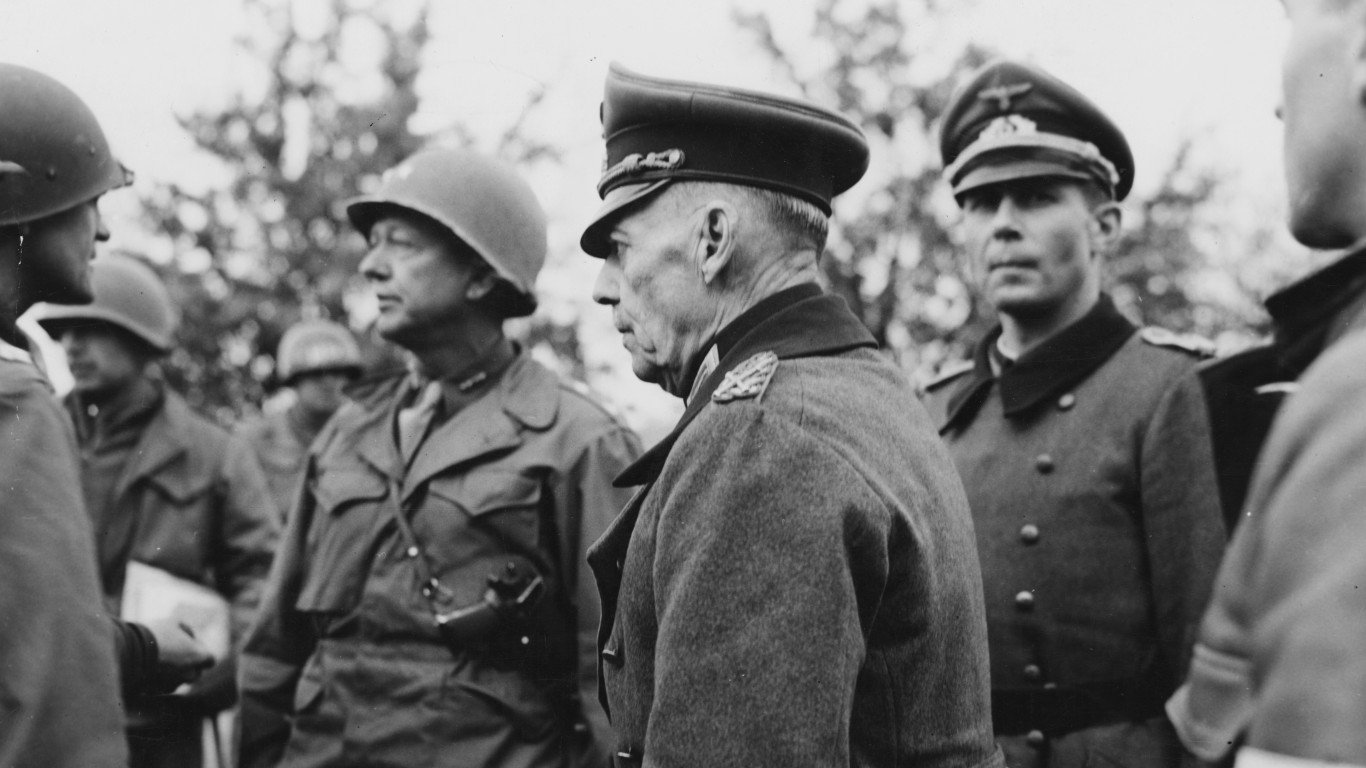
- Avg. Wikipedia pageviews: 909 per day
Gerd von Rundstedt, a prominent German Field Marshal during World War II, was taken prisoner by British forces in 1945. His detainment period, marked primarily by interrogations, was spent in the United Kingdom until his release due to health issues in 1949. Despite his high-ranking position in the Nazi regime, Rundstedt was never prosecuted for war crimes, a controversial decision that continues to spark debate among historians.
15. Denholm Elliott
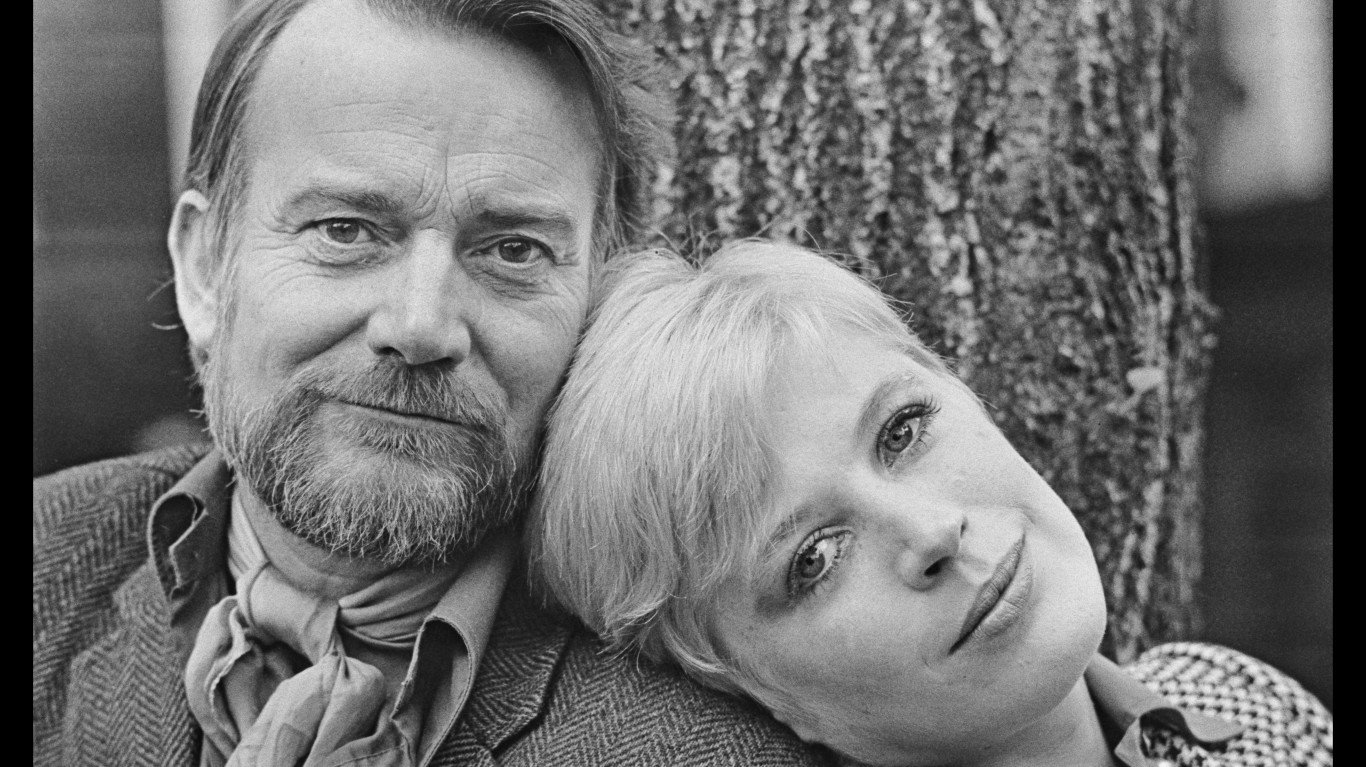
- Avg. Wikipedia pageviews: 981 per day
Denholm Elliott. a British actor known for his distinguished film and theater career endured a harrowing period as a prisoner of war during World War II. Serving in the Royal Air Force, Elliott was shot down over Germany in 1942. Elliott spent the rest of the war in the German Stalag Luft III prison camp, where he became involved in theater and staged a production of “Twelfth Night.”
14. Erich Hartmann

- Avg. Wikipedia pageviews: 1,042 per day
Decorated Luftwaffe fighter pilot Erich Hartmann endured a decade-long ordeal as a prisoner of war after WWII ended. Captured by Soviet forces in 1945, Hartmann was falsely accused of war crimes. Despite harsh conditions and psychological pressure, he steadfastly maintained his innocence. His release only came in 1955, following Chancellor Konrad Adenauer’s negotiations for the return of German POWs. This chapter of Hartmann’s life marked a stark contrast to his distinguished military career, underscoring the harsh realities of geopolitical strife.
13. Adrian Carton de Wiart
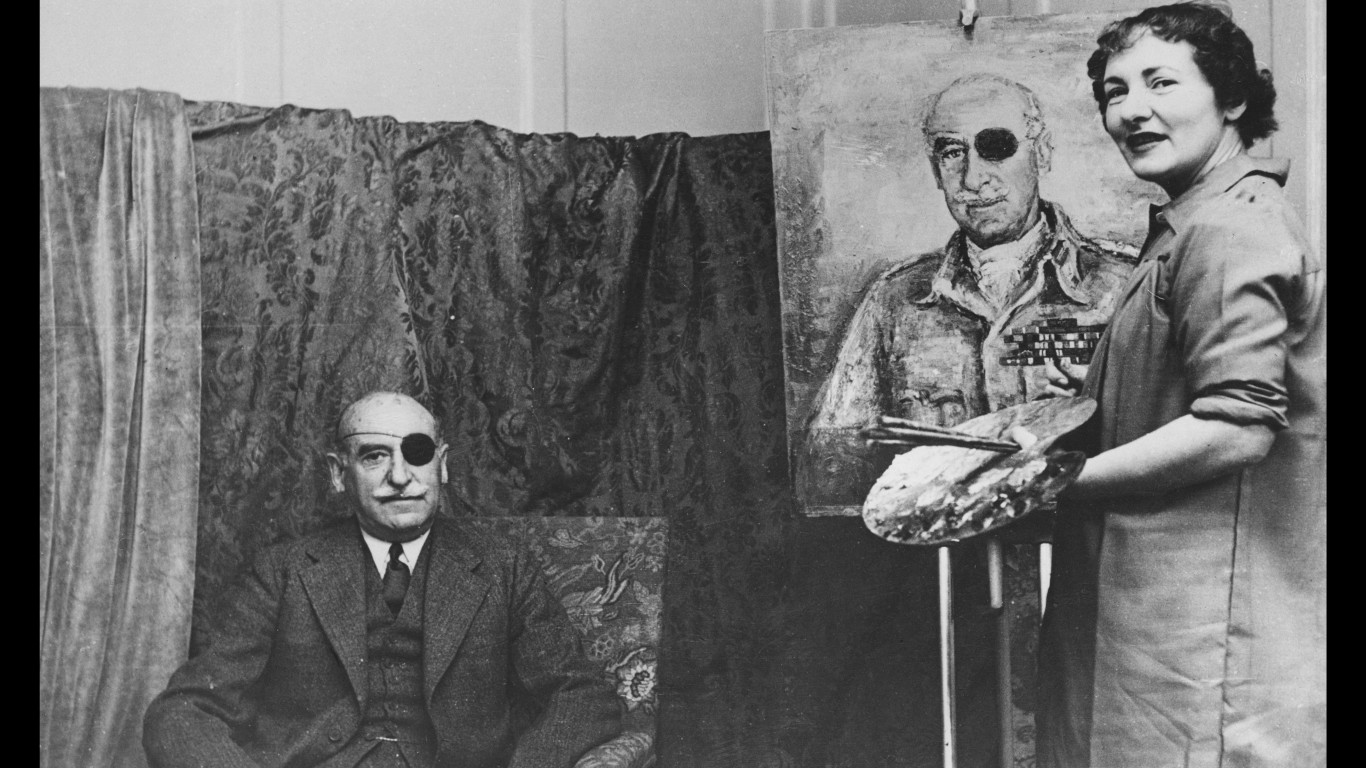
- Avg. Wikipedia pageviews: 1,168 per day
Decorated British officer Adrian Carton de Wiart spent more than two years as a prisoner of war during World War II. Captured by the Italians in 1941, de Wiart made numerous attempts to flee captivity, earning a reputation as an escape artist. His audacious efforts included digging tunnels and impersonating Italian civilians. He was finally released in 1943, continuing his military service until retirement.
12. Louis Zamperini
- Avg. Wikipedia pageviews: 1,622 per day
An Olympic runner turned World War II bombardier, Louis Zamperini endured a harrowing ordeal as a prisoner of war. After surviving a plane crash and a record 47 days adrift in the Pacific, Zamperini was captured by Japanese forces. Zamperini spent time in four different POW camps, where he was subjected to extreme physical and psychological abuse for over two years until his release.
11. Donald Pleasence
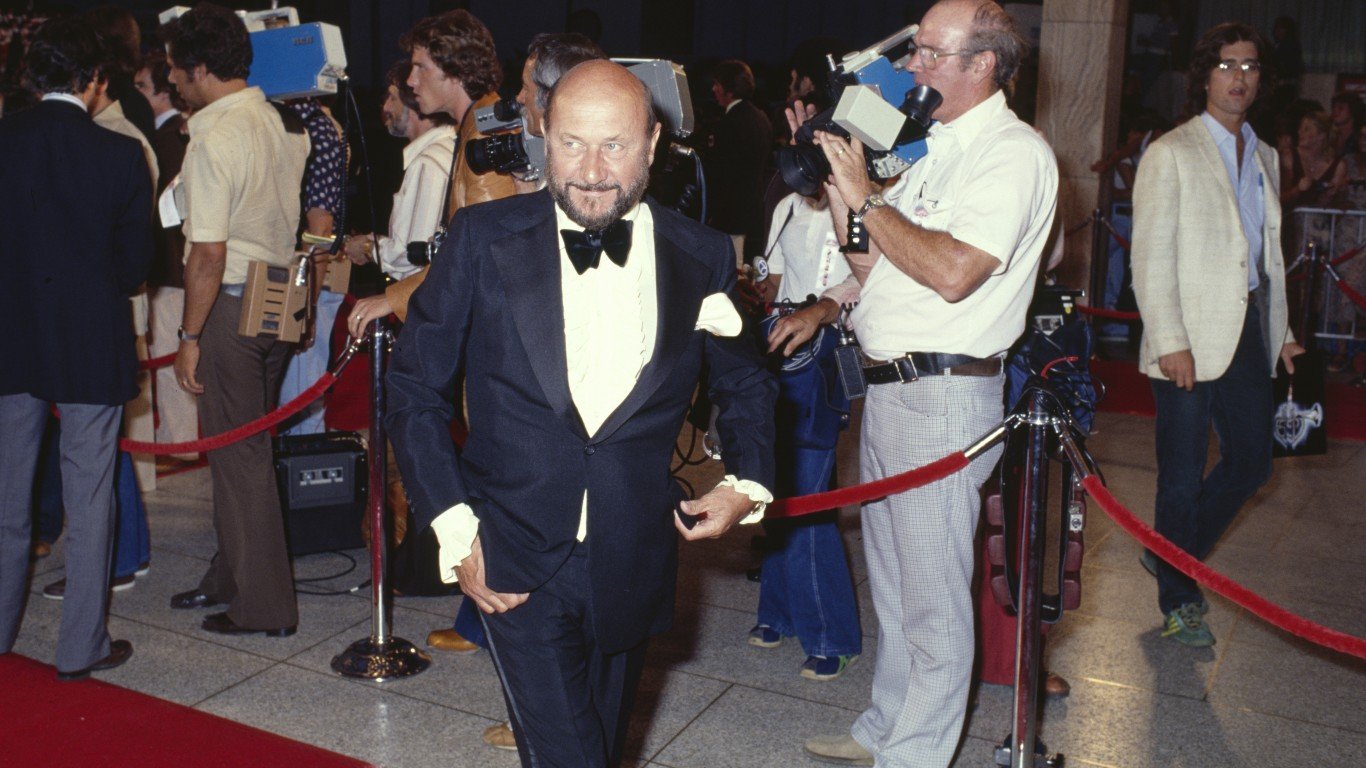
- Avg. Wikipedia pageviews: 1,716 per day
Acclaimed British actor Donald Pleasance endured a challenging period as a prisoner of war during World War II. After his Lancaster bomber was shot down during a 1944 mission, Pleasence was captured and held in the German Stalag Luft I camp. Despite the harsh conditions, Pleasance produced and acted in plays for his fellow prisoners. This harrowing experience not only shaped Pleasence’s life but also informed his performances in later film and theater roles, such as RAF Flight Lieutenant Colin Blythe in 1963’s “The Great Escape.”
10. Ludwig Wittgenstein

- Avg. Wikipedia pageviews: 1,778 per day
Philosopher Ludwig Wittgenstein was captured during World War I by Italian forces and held captive as a prisoner of war. Despite the harsh conditions, Wittgenstein still wrote about philosophy and drafted what would become “Tractatus Logico-Philosophicus,” one of the most important philosophical works of the 20th century.
9. Jean-Paul Sartre
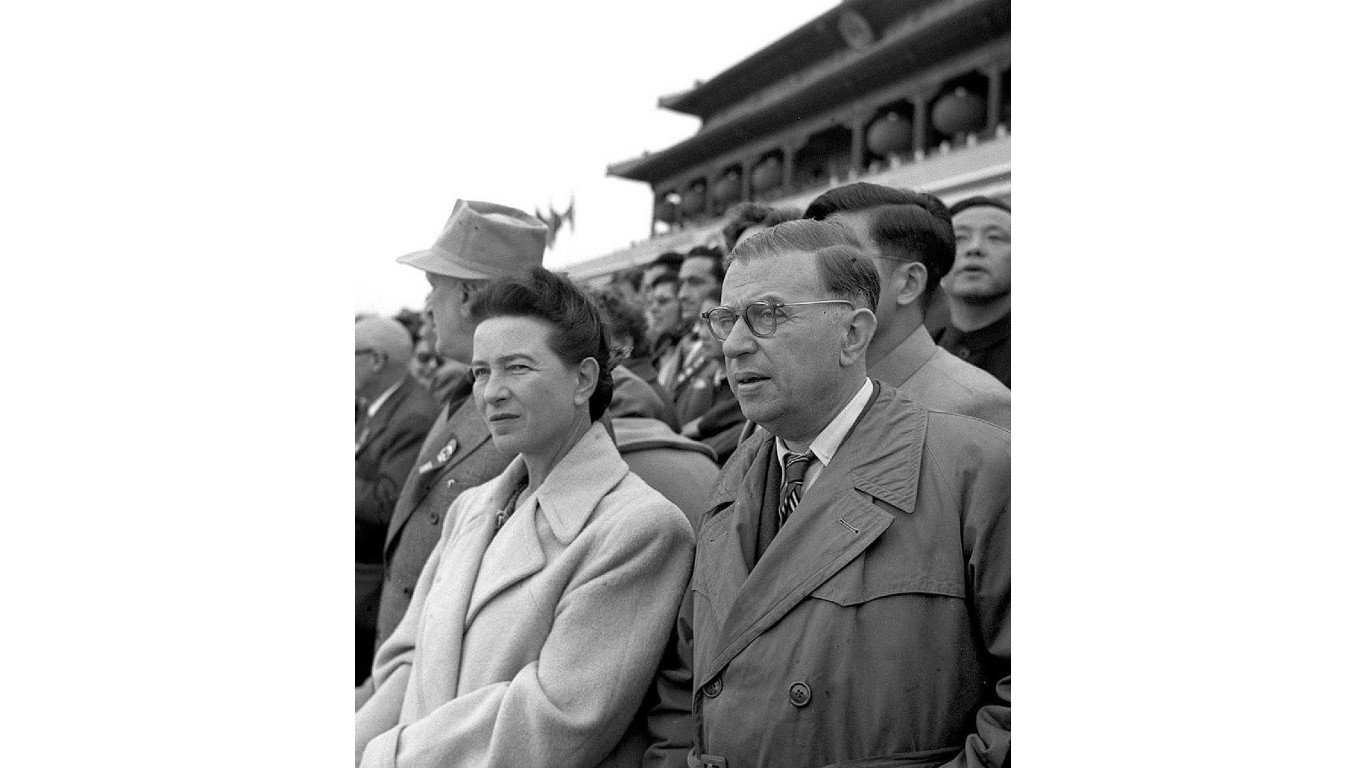
- Avg. Wikipedia pageviews: 2,202 per day
World-renowned philosopher Jean-Paul Sartre witnessed the harsh realities of war when he was captured by German forces in 1940, He spent nearly a year in a stalag, an experience that profoundly impacted his existentialist philosophy. Regardless of the oppressive environment, Sartre managed to stage a play and engage in philosophical discussions with fellow prisoners.
8. Rudolf Hess
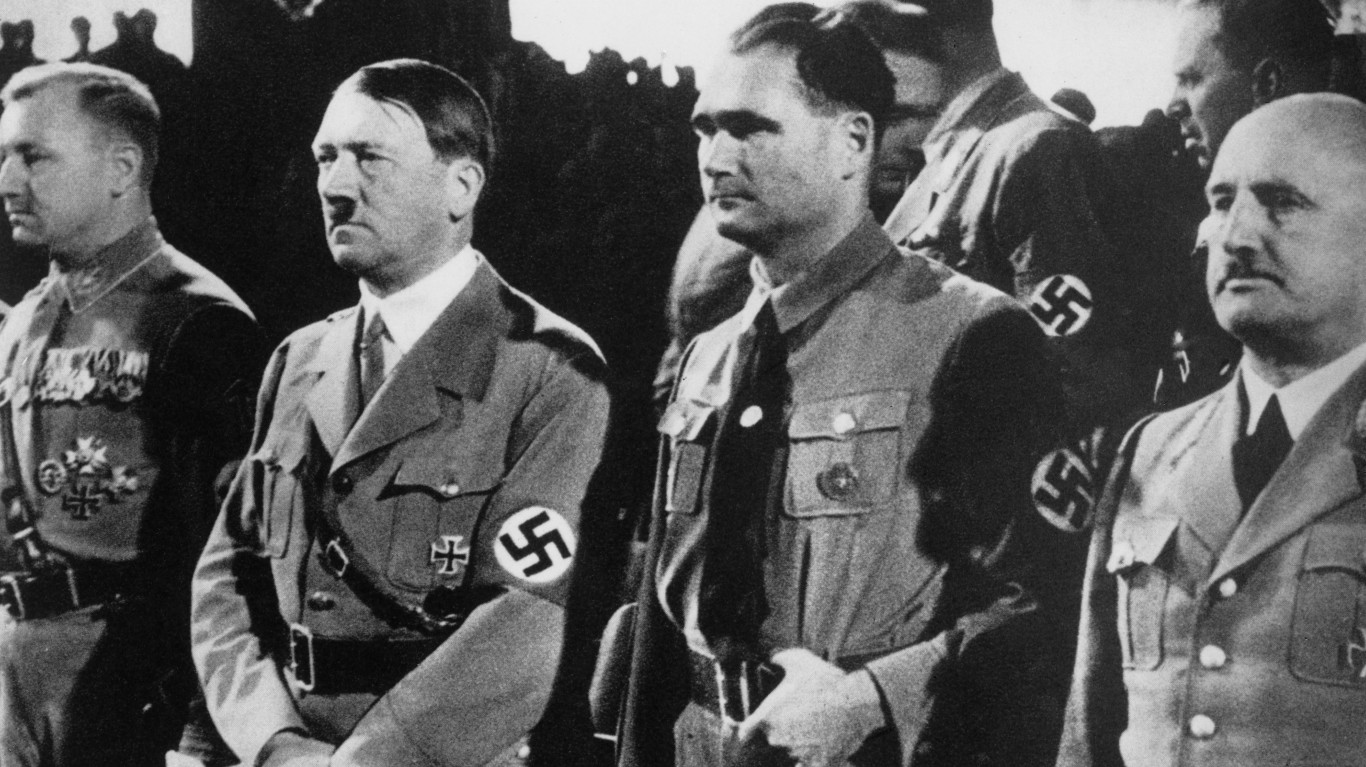
- Avg. Wikipedia pageviews: 2,782 per day
Once Adolf Hitler’s deputy, Rudolf Hess spent over four decades as a prisoner of war. Captured after he made a solo flight to Scotland in 1941, apparently to try to talk the U.K. into bowing out of World War II. He was tried at Nuremberg in 1946, receiving a life sentence. Held in Berlin’s Spandau Prison, he became its sole occupant from 1966 until his death in 1987, guarded by members of the four Allied powers in rotation. His isolation, longevity of sentence, and the mystery surrounding his 1941 flight have fueled much speculation and debate about the necessity and humaneness of his lengthy confinement.
7. Puyi
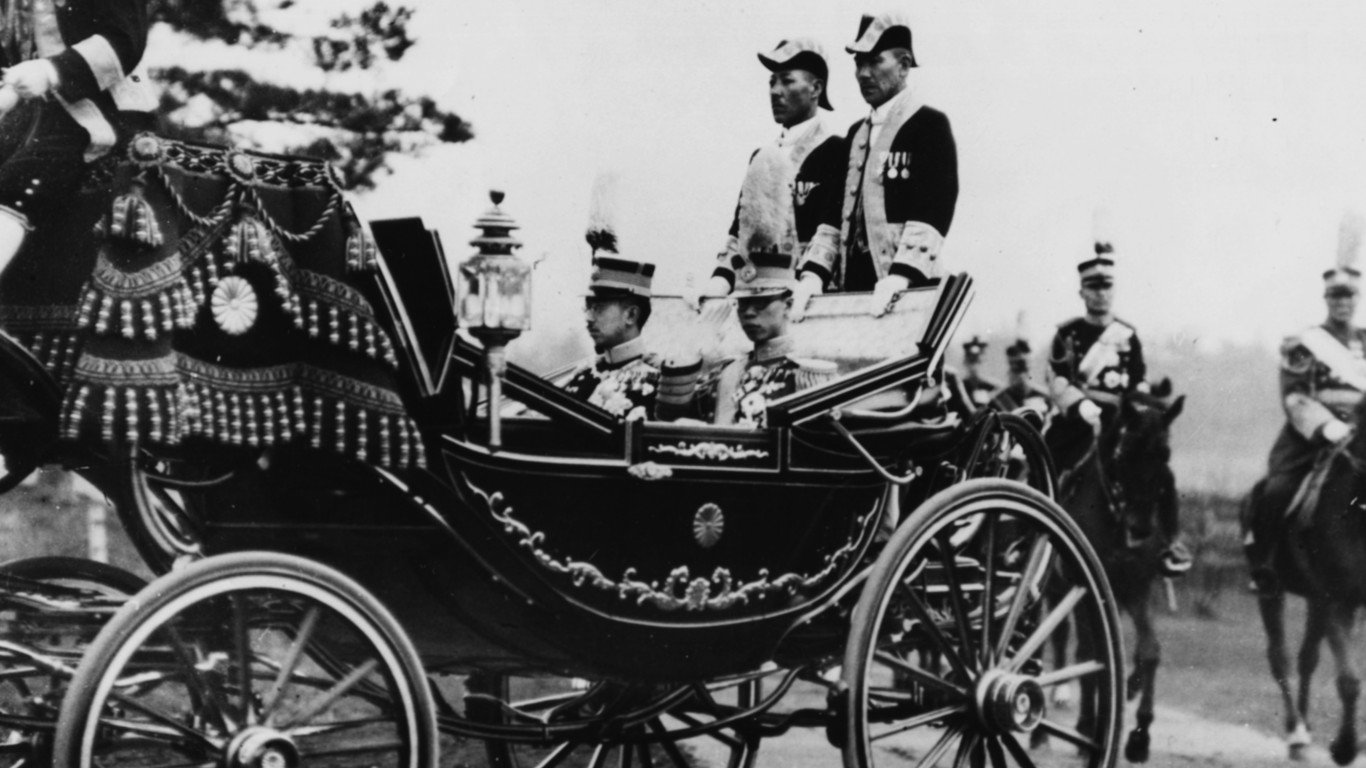
- Avg. Wikipedia pageviews: 2,852 per day
The last Emperor of China, Puyi found himself a prisoner of war in Soviet Russia after World War II. Captured in Manchuria in 1945, he spent five years in a Russian prison before being extradited to China. Despite his imperial past, Puyi lived a life of enforced simplicity behind bars, a sharp contrast to his previous opulence. Upon his return to China, he was forced into a controversial “thought reform” program, marking a significant shift in his life narrative.
6. Kurt Vonnegut
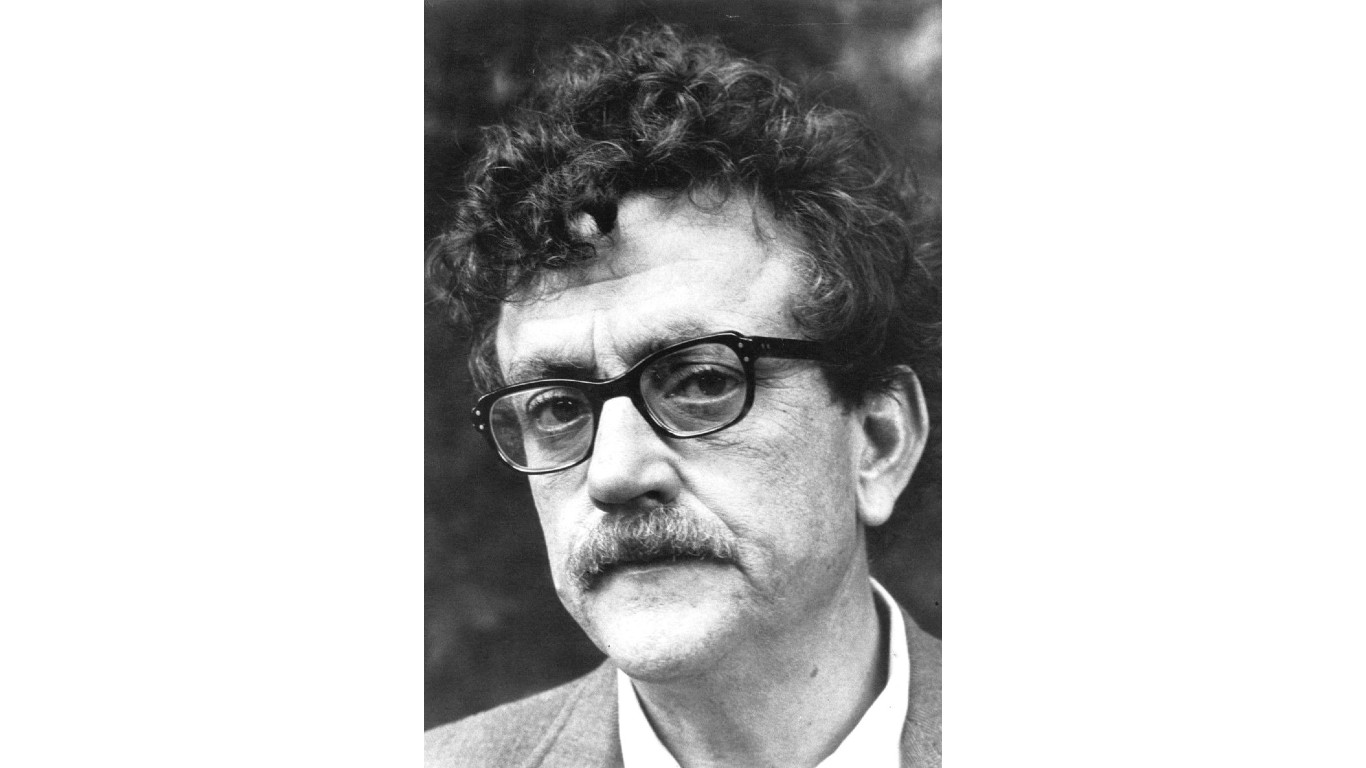
- Avg. Wikipedia pageviews: 3,175 per day
Future author Kurt Vonnegut was captured during the Battle of the Bulge in the throes of World War II. His harrowing experience came to a crescendo during the infamous Dresden bombing in February 1945. Along with other POWs, Vonnegut was sheltered in an underground meat locker, an event that profoundly shaped the perspective that would later inform his seminal work “Slaughterhouse-Five”.
5. John McCain
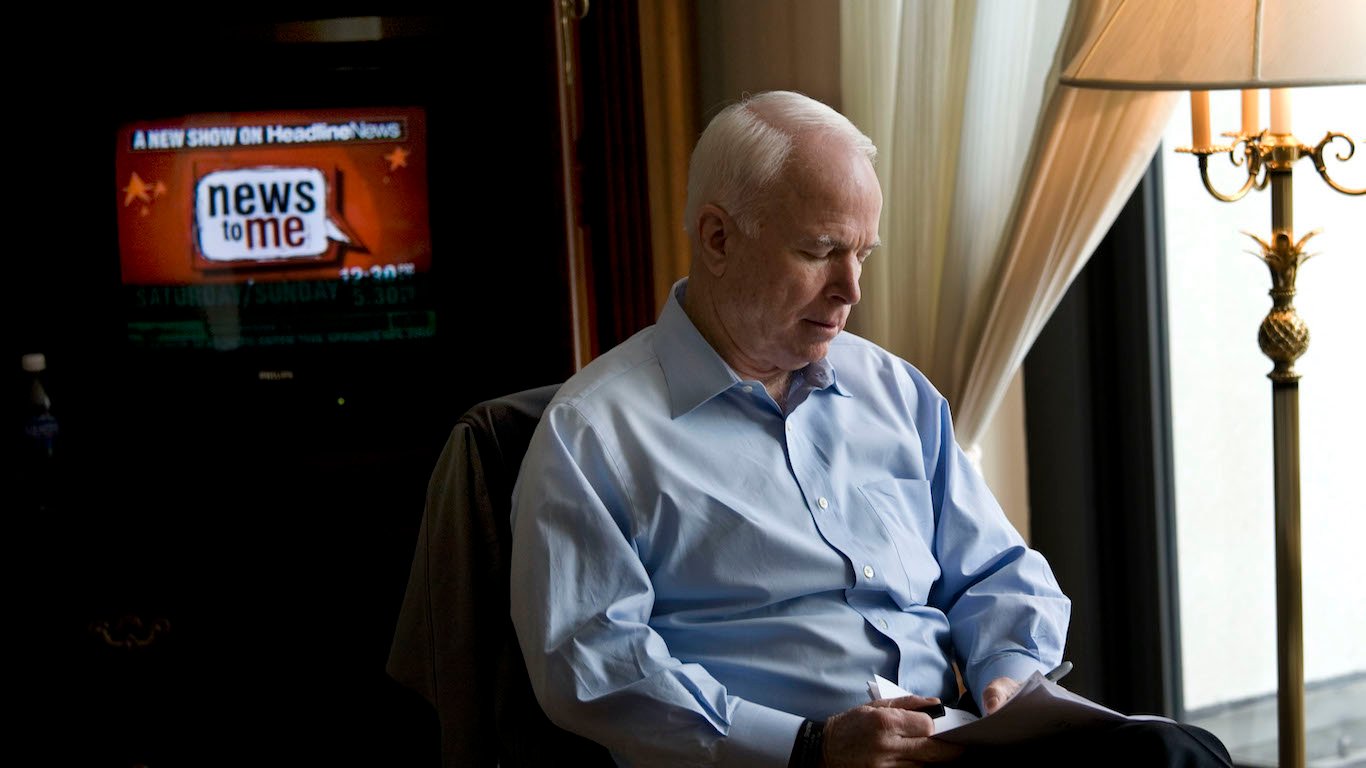
- Avg. Wikipedia pageviews: 3,496 per day
John McCain, U.S. Senator and former presidential candidate, was held as a prisoner of war during the Vietnam War. After his plane was shot down in 1967, he was captured by North Vietnamese forces and held in Hanoi’s Hoa Lo Prison, notoriously known as the “Hanoi Hilton”. Despite brutal conditions and torture, McCain refused an early release offer due to a code of conduct mandating prisoners be released in the order they were captured. The five-and-a-half-year captivity left McCain with lifelong physical disabilities.
4. Charles de Gaulle
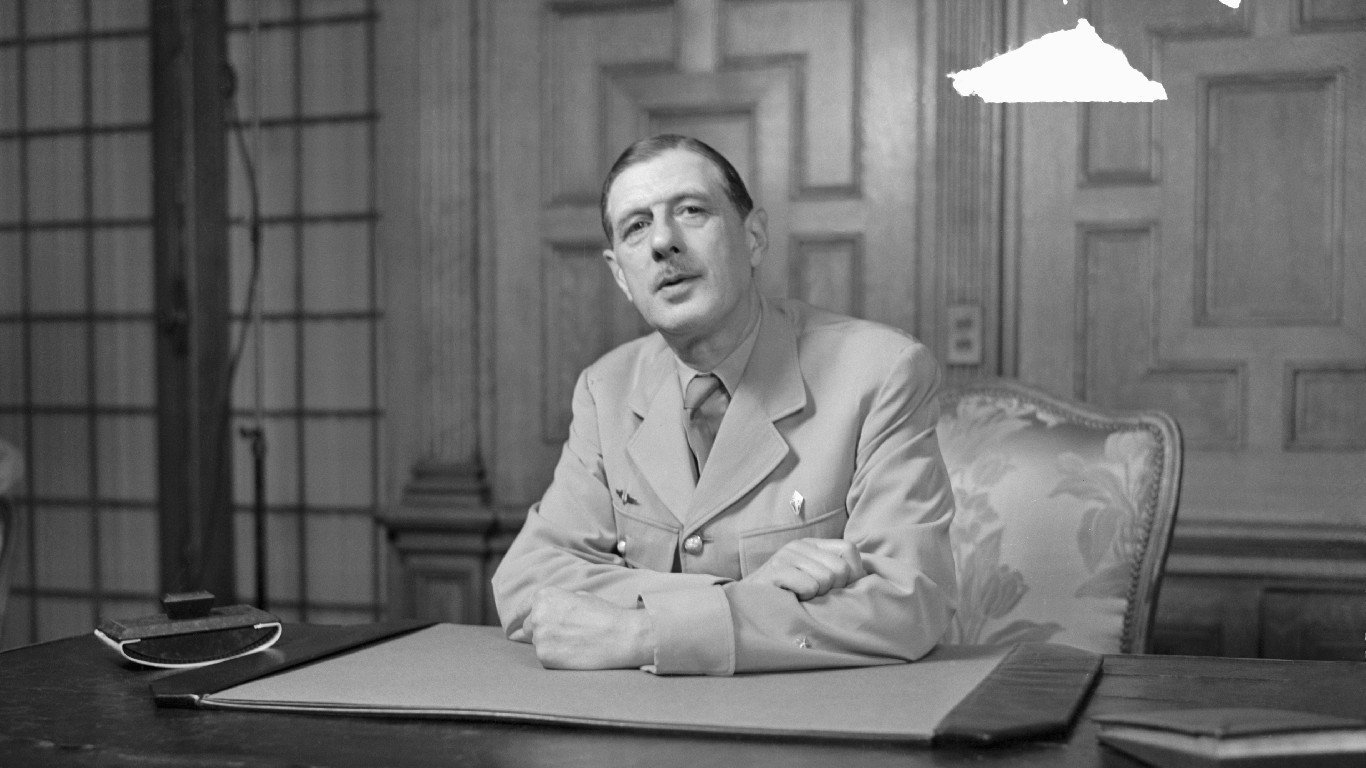
- Avg. Wikipedia pageviews: 3,720 per day
A towering figure in French history and former President of France, Charles de Gaulle was held as a prisoner of war during World War I after being captured at the Battle of Verdun in 1916. Despite repeated escape attempts, de Gaulle remained captive in Germany for over two years.
3. Andrew Jackson
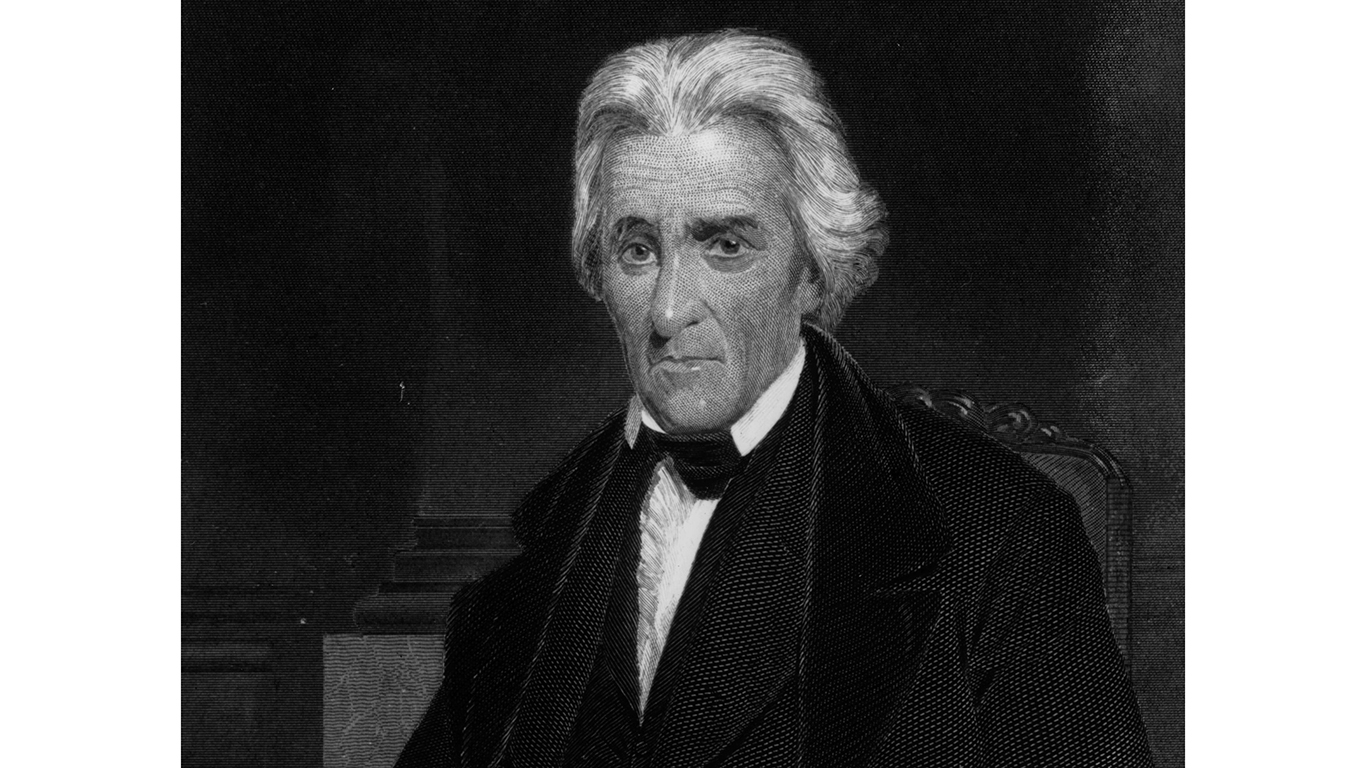
- Avg. Wikipedia pageviews: 4,468 per day
A teenage Andrew Jackson was captured by British forces during the Revolutionary War. Jackson famously refused to shine a British officer’s boots, citing his rights as a prisoner of war. This act of rebellion provoked the Redcoat to draw his sword and slash Jackson, leaving the future president with lifelong scars. The ordeal ended with Jackson’s release after several months.
2. David Stirling
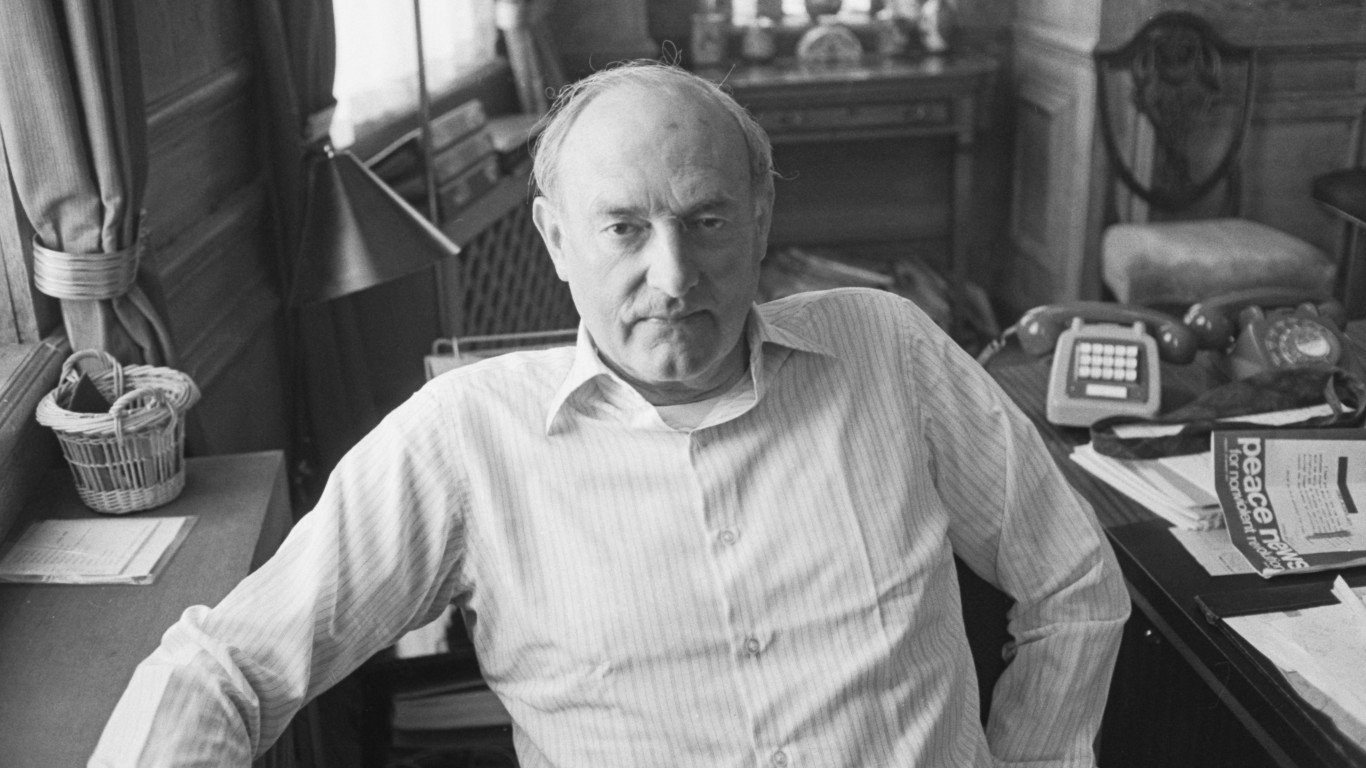
- Avg. Wikipedia pageviews: 4,476 per day
The esteemed founder of Britain’s Special Air Service, David Stirling was a prisoner of war during World War II. Captured by the Germans in North Africa in 1943, Stirling ultimately escaped, only to be recaptured by the Italians. Stirling was transferred to Colditz Castle in Germany, where he remained a prisoner for the rest of the war.
1. Winston Churchill
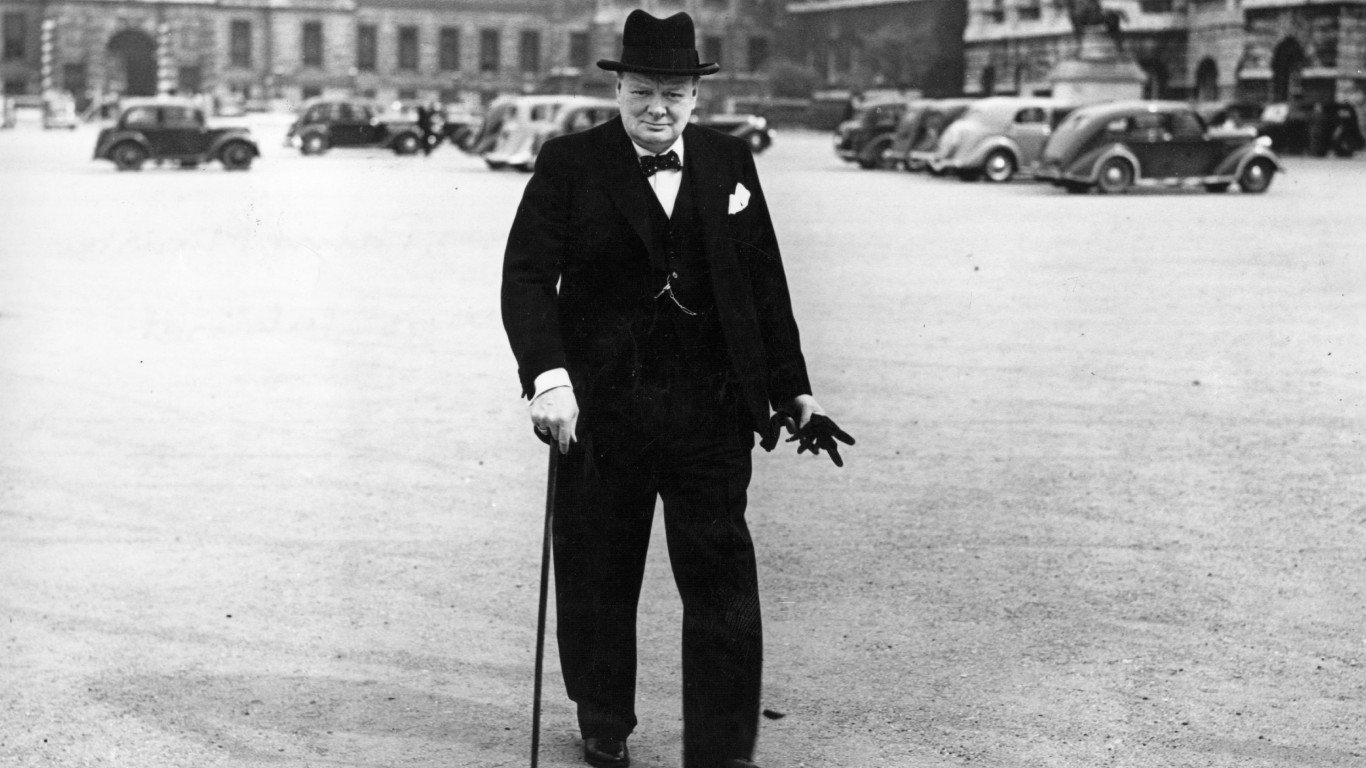
- Avg. Wikipedia pageviews: 18,149 per day
A 25-year-old Winston Churchill, an ambitious war correspondent turned cavalry officer, found himself captured by enemy forces in 1899, during the Boer War in South Africa. Held captive in a makeshift prison, Churchill orchestrated a daring escape that saw him traverse 300 miles of hostile territory to secure his freedom.

